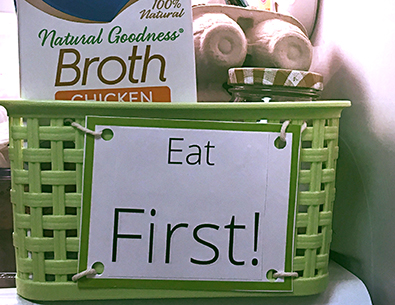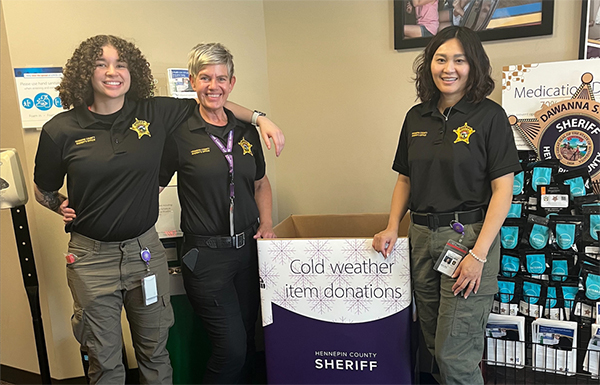Food waste is a big issue – 40 percent of food is wasted in the U.S. But people don’t often think they contribute to the food waste problem. Most consumers think they waste less food than the average person. The reasons they waste food are related to good intentions – people want to eat healthy, be a generous host, be good caretakers, and be adventurous eaters.
With some simple strategies, we can all help cut back on food waste – it’s good for the wallet and good for the environment.
Help your refrigerator save food
Your fridge can help to extend the life of food. It comes down to where you place your food within your fridge and keeping your fridge at 40 degrees Fahrenheit or below.
Here’s what to store in your refrigerator and where:
- Top shelf: Has the most consistent temperature in the fridge so store butter, cheese, and cooked meats here.
- Door: This is the warmest place in the fridge, so keep condiments and hard to spoil items here.
- Bottom shelf: The coldest area of the fridge, so keep eggs, milk, raw meat, and other perishable items here.
- Crisper drawer: Controls humidity for better storage (e.g. high humidity for lettuce, low humidity for fruits and veggies).
- Freezer: The freezer should obviously be used for frozen goods, but also use it to freeze now/use later items. If you won’t be able to eat bread, meat, or fruit before they go bad, stick them in the freezer and use them later.
Best if used: Understand food labeling
The dates on food labels are generally not expiration dates*, but merely suggestions as to when the product is at its freshest. The grocery industry recently adopted voluntary standards to clear up what product date labels mean.
"Use by"—products with this label should be consumed by the date listed on the package.
"Best if used by" describes product quality. After that date, the product may not be at peak flavor, but is generally safe to consume.
Use your sense of smell, sight and judgment to determine when food has gone bad. Don't use foods that have developed an off odor, flavor or appearance.
*The only federally regulated food labeling is on baby formula to ensure that the nutrient levels listed on the packaging are accurate until the expiration date.
Practice meal planning
Plan your meals out for the whole week and then make your shopping list based off of that.
- Begin by shopping in your refrigerator and cupboards. Use the food you already have in your home instead of wasting money on new food.
- When you start cooking, create meals in batches. Freeze them for later use in portion sizes that you’ll want to defrost.
- Have a leftovers night each week.
Use it up
It can be hard to keep up with your busy schedule, so here are a few tricks to use up your food before it goes bad.
- Create an “Eat Me First” bin for the fridge so your family knows what to eat first.
- Write what date an item was opened on the packaging.
- Can’t use it up before it goes bad? Freeze or preserve it.
More tips to help fight food waste can be found here:
- Save the Food: savethefood.com
- Sustainable Management of Food (EPA): epa.gov/sustainable-management-food

